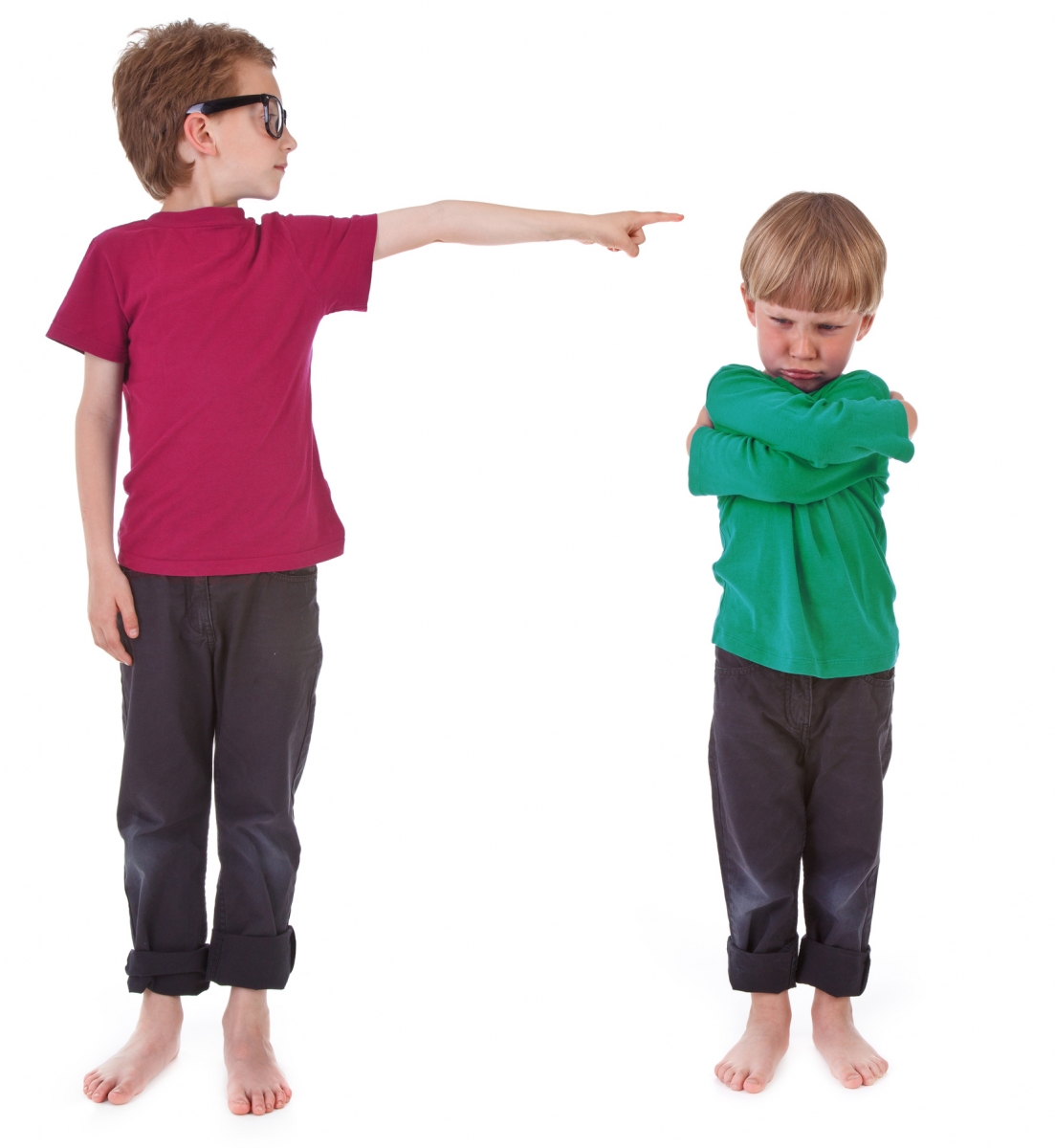Department of Educational and Counselling Psychology Professor Dr. Victoria Talwar remembers that when she was a child, her mother mistakenly replaced salt with sugar in a blueberry pie. Her friend, who had stayed for dinner, was the first to eat the pie. She ate the entire slice, bite by bite, without spitting it out in disgust. She didn’t say a word and waited for others to try the disaster themselves.
Talwar’s friend told a lie. Was this wrong and should she have been punished? It depends on the age of who you ask.
As the lead author, Talwar recently published a study in the International Review of Pragmatics which found that as children’s cognitive abilities progress with age, so does their ability to think critically about the lies they tell and the consequences.
Talwar and her team showed children, aged six to twelve years old, short vignettes depicting a protagonist puppet telling a lie or truth about their own behaviour or another character’s. The puppet either lied to cause harm to another character, lied to protect another character, or told a truth to report another character’s behaviour—commonly known by children as “tattling.”
“We were interested in not only whether they thought different statements were lies or truths, but how they would evaluate them and if these lies should be punished or rewarded,” Talwar said.
The study found that children understand from a young age that lying is wrong and telling the truth is right. This binary notion often continues until approximately age nine, when things begin to get more complex. Although they still believe lying is wrong, older children don’t solely take the lie at face value, but also consider the intentions behind the lie.
In addition to assessing children’s lying behaviour, her research team collected information on the role parents play in the development of lying versus truth-telling.
“Research with adults tells us that they are telling a couple of lies a day, and some of these are to their kids,” Talwar said. “It’s the classic case of wanting to leave the grocery store, but your kids want potato chips. You tell them that the store has none left as an easy way to get them to leave.”
Children hear and see their parents acting in a hypocritical fashion all the time. For example, telling a telemarketer you’re just a house guest or lying about your children’s age to get into a museum for free.
The notion of conditional lying can be confusing to children. Although Talwar realizes most children were found to have a clear understanding of what is a punishable lie—to harm others—and what is an admissible one—to protect others—many situations are ambiguous.
In the case of tattling, this ambiguity can have significant implications.
“Younger children saw black and white, while older children saw more conflict because, although they are telling the truth, someone else is landing in hot water,” Talwar explained. “As a result, they were much less likely to reward this form of truth-telling behaviour than younger children [….] We want children to feel like they can tell us about other people’s transgressions, especially if it involves bullying.”
As a result of the study, Talwar contends that parents should have more in-depth discussion with children about lying and the intentions behind lies as early as the age of six. By that time, Talwar argues, children have developed a strong theory of mind and lying behaviour emerges. She predicts that discussing the idea that lying has many shades of grey will help children make better decisions about when to lie and when to tell the truth as adults.






